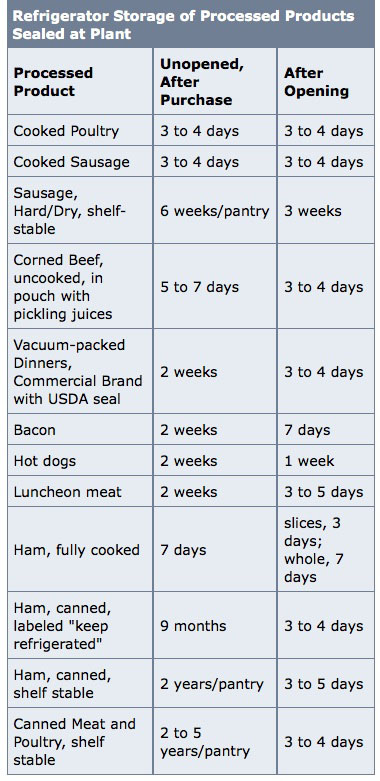Food expiration dates can be confusing and they don’t always relate to the safety of your food. In America, we waste some 40% of the food we produce and a lot of that food waste is a result of food being tossed because it’s reached its expiration date.
Shelf-stable products, like mustard, mayonnaise and peanut butter, typically have a ‘best-by’, ‘use-by’, ‘best if used by’, or ‘use before’ date printed on the bottle. These dates are voluntarily added by the manufacturer and do not relate to food safety, according to the USDA Food Safety and Inspection Service.
These dates actually tell you how long the product is likely to remain in its highest quality when unopened. If you’ve been storing it properly, ie: unopened in a cool and dry place, it should be fine past the date printed, although you may notice some changes to color or texture if you’re many months past the date on the package.
A ‘sell-by’ date is typically printed on perishable products like meat, dairy and seafood. This date is for stores to understand how long they can display a product for sale. You should buy the food on or before its ‘sell-by’ date, but you can consume it past that date.
The USDA chart below is a good guide for safety on certain perishables:
Milk, for example, will typically be safe to drink for about a week after its ‘sell-by’ date and if you freeze it, even longer. For a comprehensive index of food shelf life, Still Tasty has an online “Keep it or Toss it” database where you can search for all different kinds of foods from meats and milks to baked goods and oils.
Maybe you didn’t know that you can freeze milk. Freezers can be a great asset in curbing food waste and saving money. The UK based website Love Food Hate Waste, has a great freezer guide to help you learn about new ways to use your freezer and save money.
A lot of energy and oil went into the production and transportation of your food. It’s important that we begin to reduce the amount of food that is wasted. By understanding expiration dates, purchasing wisely and composting whatever you don’t eat, you can contribute to a more sustainable food system for America.

